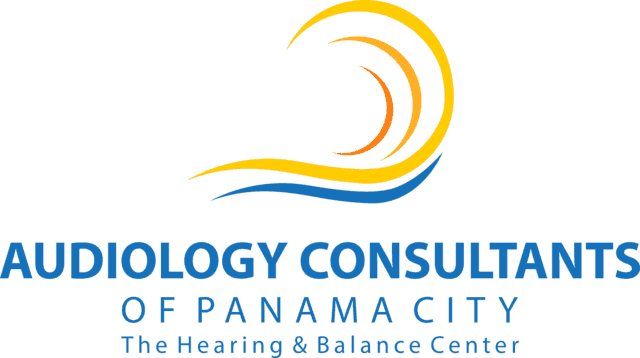- Using Hearing Aid Accessories for Enhanced Listening - May 6, 2025
- Practical Tips for Managing Daily Challenges With Tinnitus - April 8, 2025
- Signs Your Hearing Aid Battery Needs to Be Replaced - March 13, 2025
The short answer to this question is: most cases of hearing loss are not curable but the condition is highly treatable. To understand this and to know what type of hearing loss can be cured, it is critical to know more about hearing loss.
Hearing loss is the third most common chronic health condition that people experience. There are various factors that can contribute to the development of impaired hearing including environmental exposure to loud noise, existing medical conditions, and genetic history. This growing epidemic impacts one’s ability to hear and process information, significantly affecting how a person navigates their daily life.
There are three types of hearing loss: sensorineural, conductive, and mixed. 90% of people who have impaired hearing, have sensorineural hearing loss. This type of hearing loss is not curable but can be effectively treated. Far less common, conductive and mixed hearing loss can be cured depending on the exact cause.
How We Hear
The auditory system requires a complex process that enables us to hear and understand what we are hearing. This involves the ears which collect and translate sound for the brain to process. A brief summary of how this happens:
- Outer Ear: consists of the most visible part of the ear, ear canal, and ear drum.
- Middle Ear: the eardrum separates the outer and middle ear which is also where the ossicles – 3 connected bones – and Eustachian tube are located.
- Inner Ear: composed of the cochlea and nerve pathways (including the auditory nerve) that lead to the brain.
The outer ear absorbs sound from the environment, this sound then travels down the ear canal and lands on the eardrum. The vibration of the eardrum motions the ossicles and this collective movement amplifies and pushes the soundwaves further into the ear. This activates the cochlea which is filled with thousands of hair cells and fluid that help translate the soundwaves into electrical impulses. These electrical signals are sent to the brain through the auditory nerve and the brain is able to process and make meaning of the sound we are hearing.
When one part of this process is damaged, it affects the rest of the auditory system which relies on all of the components of the ear. The type of hearing loss (and thus the curability) is determined by where the damage is exactly.
Sensorineural Hearing Loss
This type of hearing loss, accounting for 9 out of 10 cases of hearing loss, is caused by damage in the inner ear. This damage can be caused by several factors including: exposure to loud noise, viral infections, tumors, head and neck injuries, and aging (referred to as presbycusis).
These factors can damage the hair cells in the cochlea which is irreparable. Hair cells in the cochlea, unlike other types of cells we have, do not regenerate. Humans are born with all of the hair cells we will ever have which is thousands in each ear. These hair cells can lose sensitivity and die which prevents them from translating soundwaves into electrical signals for the brain to process. Because these cells do not regenerate, and there are no medical procedures (or medications) to repair them, this type of hearing loss is not curable. There are effective ways to treat sensorineural hearing loss that help people hear significantly better.
Conductive & Mixed Hearing Loss
Conductive hearing loss occurs when the damage is in the outer or middle ear; limiting the absorption of sound and/or limiting sound from reaching the inner ear. This type of hearing loss can be cured depending on the specific cause. There are a variety of things that can cause conductive hearing loss including: ear infections, protrusions, injury from foreign objects entering the ear, and wax buildup.
Some of this can be cured by medical treatment. Surgical procedures can remove abnormal bone growths and tumors, heal damage from obstructions, remove ear wax etc. However, there are cases of conductive hearing loss that can be permanent (depending on the severity and complexity of the damage).
Mixed hearing loss is a combination of conductive and sensorineural hearing loss. So, the specific cause(s) determine the treatment.
Treatment
Hearing loss is most commonly treated with hearing aids. These electronic devices work to absorb, amplify, and process sound. They can be customized to meet one’s specific hearing needs and lifestyle. Hearing aids drastically improve the ability and quality of sound a person can hear. Contact us today to learn more!


